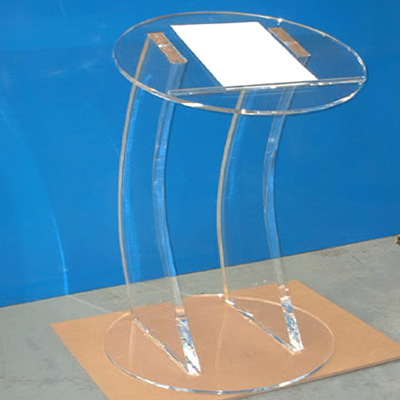Why even decide to produce plastic products? To begin with, plastic manufacturing usually has the advantage of having relatively fast completion times, and in contrast to the majority of materials there is also the choice of colouring plastic before production, instead of after. It’s high malleability means that it has a comparatively low melting temperature, and it’s more light-weight than numerous other materials – both these factors simplify the development process. Furthermore, plastics are relatively inert and therefore have higher chemical resistance. Despite all of these positives, plastic is however unsuitable for uses which need a high physical integrity, and is also quite vulnerable to depreciation in the long-term.
CNC Machining
CNC machining is a computer governed subtractive procedure, that removes material from plastic as a way to produce the desired shape. The computer is high-tech, with the ability to convert a design into figures using a computer aided design computer software program. The figures are competent to manipulate the machine to cut the desired form. To operate, the pieces of equipment need an intermediate stage in the creation and validation of tool paths. When the machine is provided with the tool paths, the subtractive process is started. When the construction is complete, the component is cleansed, smoothed, and trimmed.
For lower quantity plastic component requests that demand tight tolerances and forms which are tough to mould, machining is appropriate. CNC machining boasts low to moderate initial costs, and can also turn out top of the line plastic pieces with limited completion times. Nevertheless, with increased product intricacy, the charge per component boosts. Moreover, the process necessities tool access considerations, and a number of shapes, including those with rounded interior channels, are near-impossible to make using CNC manufacturing.
Vacuum Formation
Vacuum formation is a procedure through which plastic material is warmed and moulded, usually working with a mould. The size and intricacy of vacuum-forming machines range between affordable desktop equipment to sophisticated manufacturing machinery.
It is often suited to any venture, from made to order designs to large-scale fabrication, considering the large choice of machinery offered and that automation is an option when necessary. However, there’s minimal freedom in the different types of shape it can create, and is also unfortunately exclusively competent to generate pieces with simple geometries. In comparison to various other techniques, tooling prices are minimal, given that vacuum formation merely needs minimal forces and pressures. Commonly, for small production sizes the moulds are constructed with 3D printed resin, or possibly plaster, and for larger production sizes more durable equipment made of metal is used. There are lots snap frames web sites in England, if you’re looking to find out more and also asking prices this excellent website is an excellent place to begin www.display-warehouse.co.uk
The development method starts off with a sheet of plastic material being clamped and warmed until the plastic becomes mouldable. The plastic will then be placed into the mould and cooled, and quite often fans and other chilling techniques are integrated in an effort to speed up the cooling process. The last stage entails any surplus plastic being taken off.

